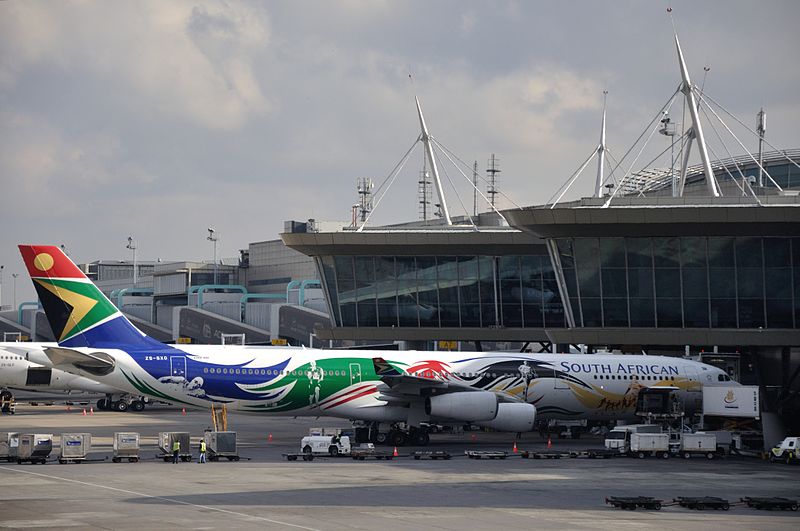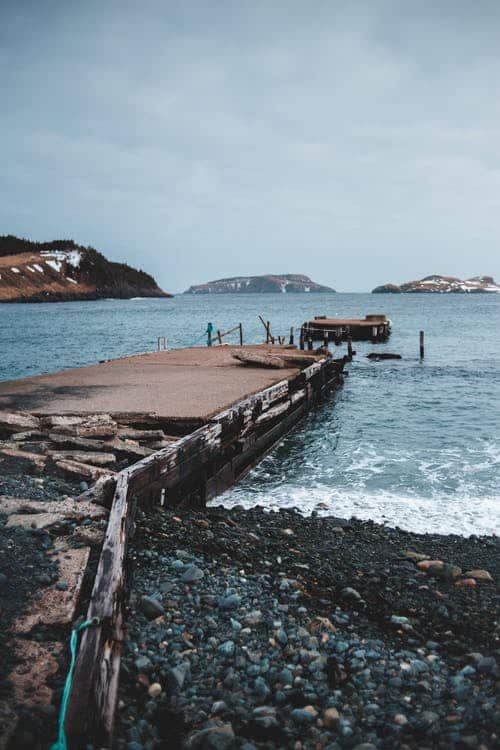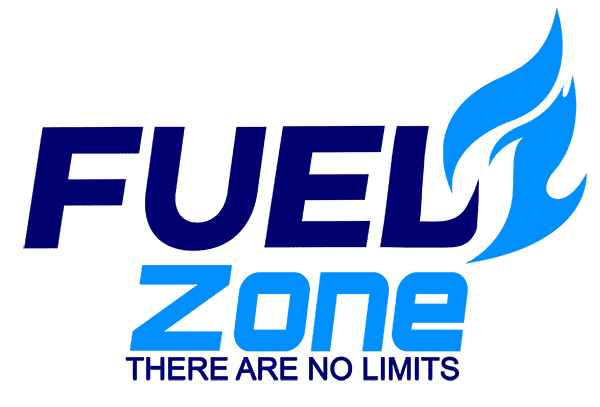So this happened this past week.
One of our largest airports is facing a jet fuel supply shortage. This seems to be due to some logistical issues caused by the recent floods in parts of the country.

SAPIA has warned that the movement of fuel is difficult at the moment as there is extensive damage to the railway lines and therefore deliveries have been paused.
SAPIA confirms that jet fuel stocks at O.R Tambo International Airport are low but not critical. As of 25 April, there were three days worth of supply left in the tanks.
The current fuel supply available seems to be adequate to accommodate the current demand. According to SAPIA, there is still enough product available in the country. That being said the movement of jet fuel is very challenging at the moment.

And due to the extensive damage to the railway lines in KZN, there is a looming risk to the supply of fuel to O.R Tambo.
In the meantime, SAPIA is looking for alternative ways of supplying jet fuel to O.R Tambo International Airport in order to replace their stockpiles and prevent another shortage from happening. The supply at other airports across the country remains the same.
News 24 has reported that one of United Airlines carrier flights had to be canceled on Sunday 24 April due to this issue. Other airlines are also now looking at the possibility of refueling elsewhere on the continent.
Apart from the logistical issues faced. KwaZulu-Natal’s premier Sihle Zikalala has estimated that the province will need at least R1.9 billion to complete disaster relief work. This is one of the worst floods on record. Over 430 lives were lost and billions of rands of damage.

The estimate given by PRASA (The Passenger Rail Agency of SA) to conduct the repairs is between R2.6 and R2.9 billion. There are about 9 sections that have been severely damaged. Also bearing in mind that there are still some areas that are inaccessible and further assessment and costing will only be conducted once the water levels have decreased.
Recover efforts have been divided into 2 phases.
- Immediate work must be done to ensure trains are able to pass safely through the flood-effected areas.
- The focus will be on the overall rehabilitation of the infrastructure.

